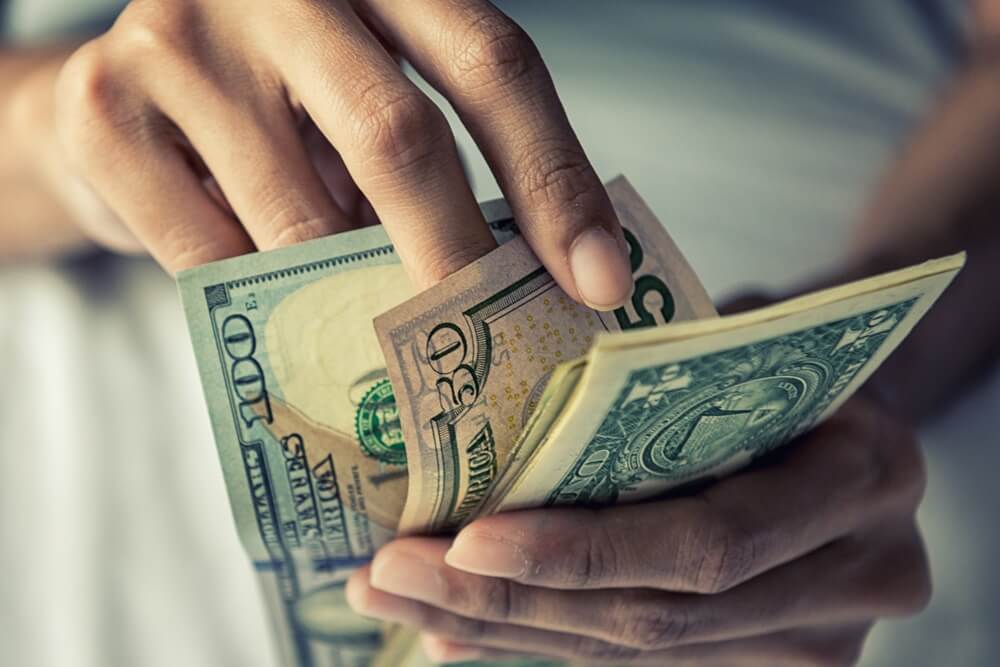
U.S. dollar skyrocketed to a new high. What about Euro?
The U.S. currency hit a fresh two-decade high on Wednesday. The dollar index traded at 110.87 against the basket of six major currencies, reaching its strongest level since 2002. Overall, the index gained nearly 16% this year. It seems set for its biggest annual rally since 1981. The greenback exchanged hands at 110.71 at last, higher by about 0.5% on the day.
Investors are waiting for the U.S. Federal Reserve’s meeting, expecting an aggressive interest rate hike from the agency. Moreover, Russian President Vladimir Putin ordered to mobilize of more troops to send in Ukraine. The war between the two countries continues. Putin’s decision caused traders to move onto risk-off currencies.
On Wednesday, Russia’s President called 300,000 reservists to start fighting in Ukraine. He also declared that if the West pursued its so-called “nuclear blackmail” over the conflict in Ukraine, Moscow would use all its arsenal in response.
European currencies suffered most in FX markets today due to Putin’s comments. Investors were already concerned about the euro zone’s economic outlook after Russia stopped its gas supplies to Europe. However, now traders fear that the crisis will be even deeper. Consequently, the euro plummeted to a two-week low. It traded at $0.9885 at last, near the two-decade lows hit earlier this month. It was shaved off 0.7% during this session. At the same time, the British Pound tumbled down to a new 37-year low of $1.1304, exchanging hands lower by 0.5% at $1.1335 at last.
What do the analysts say?
Steven Englander, the head of global G10 FX research and North America macro strategy at Standard Chartered in New York, noted that most of the European and U.S. currencies’ moves were Putin-related on Wednesday. Among them, the euro, the Swedish crown, Czech koruna, Polish zloty, and Hungarian forint were the five worst-performing currencies. Investors fear that Russia might escalate the conflict in Ukraine.
Furthermore, the analysts expect the Fed to raise its interest rates by three-quarters of a percentage point for a third consecutive time later today. The agency will likely hit how fast and how much further borrowing costs may need to increase to hinder soaring inflation, as well.
Standard Chartered’s Englander stated that the FX market is waiting to see whether Fed Chair Jerome Powell says that the agency does not know how far they have to go. Thus far, he claimed that the Fed would go as far as it needed to go. Englander thinks that if Powell declares that he doesn’t see rates going to 5% but doesn’t rule it out either if that becomes necessary to tamp down the inflation, that would mean a hawkish approach.
How are the Aussie and Kiwi faring?
On Wednesday, both the Australian and New Zealand dollars collapsed to multi-year lows. The Aussie traded at US$0.6655, reaching its lowest level since June 2020. On the other hand, the New Zealand currency dropped to US$0.5873, hitting its lowest point since April 2020.
The Japanese Yen also ended in the red, despite its safe-haven status. It declined by 0.2% at 143.97 against the greenback, trading near its recent 24-year low. Colin Asher, a senior economist at Mizuho Corporate Bank, noted that the Yen’s drop potentially indicates a return of the currency’s safe-haven credentials. The latter has been absent for much of 2022.
Meanwhile, most Latin American currencies remained flat on Wednesday. The Brazilian real shaved off 0.7% after skyrocketing to a one-week high earlier in the day. The currency fluctuates wildly due to the elections scheduled in October. Despite that, the real has soared by almost 8% thus far this year.
Furthermore, Mexico’s peso climbed up by 0.2% today. Colombia’s peso also added 0.5%, while the Chilean peso tumbled down by 0.6%.




